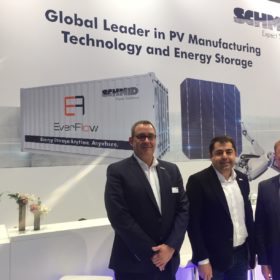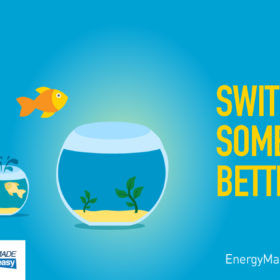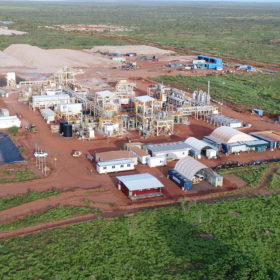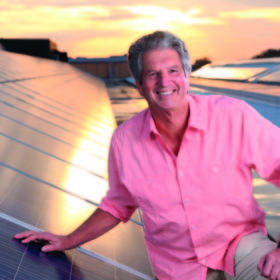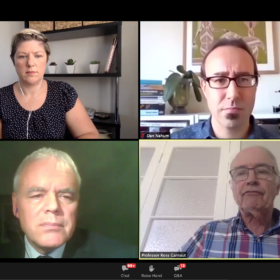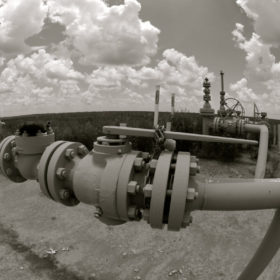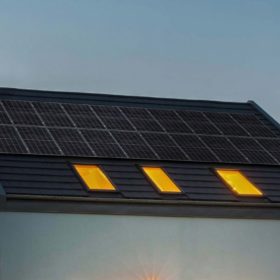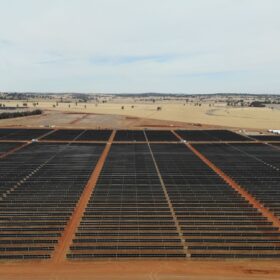3 GWh of German redox flow battery production: Made in Saudi Arabia
German production equipment provider Schmid and Saudi chemical group Sabic are planning to begin activities at a new factory in Saudi Arabia, with production being expected to begin in 2021.
You can have any EV you want, as long as it’s a Tesla
A new report published on behalf of a majority of Victorian local councils outlines a course of action for large-scale EV charging station rollout across the state. One key finding shows an enlarging gap in charging infrastructure available to those who drive a Tesla and those who don’t.
500 W-plus panel race intensifies with JA Solar’s new module and Risen’s first shipment
Chinese manufacturer JA Solar has announced a new 525 W+ panel and said the product will be available from the second half. Domestic rival Risen has shipped the first batch of its high-powered modules and intends to stick to pre-Covid-19 plans to ramp up production.
Solar feed-in upgrade to Energy Made Easy Govt comparison website
Last week the Morrison Government launched the revamped version of its energy price comparison website, Energy Made Easy. The website carries new features installed by the Australian Energy Regulator (AER) designed to help Australians get a better deal on their energy bill.
Metal guru! Soluna batteries hit the Australian market with a twist
Soluna Australia brings high-quality Chinese-made DLG batteries to the Australian residential, commercial and off-grid markets, but the trade isn’t one way: Australian-developed recycling technology will result in high-grade recycled cathode powders from batteries used in Australia being reincorporated in DLG manufacturing.
Looming funding crisis for UNSW solar research
Solar research in Australia has “a long history of being generously funded”, says Senior Lecturer at UNSW, Richard Corkish, but the gap in available grant monies emerging as ARENA nears the end of its current remit could jeopardise some of the country’s most important solar research and development as well as the hubs of expertise themselves.
Cheap energy, smart people, a trove of resources — it’s make or break for Oz
Australia’s ability to fuel a manufacturing boom has never been greater. A timely new study by the Centre for Future Work shows what plugging production into solar, wind and hydro could do to build competitive industries and a sustainable, high-employment scenario.
APA to trial renewable methane in Australia’s gas pipelines
The Australian Renewable Energy Agency has announced $1.1 million of funding for a power-to-gas demonstration plant to be built at APA Group’s Wallumbilla gas hub in Queensland. The project will demonstrate the viability of producing renewable methane from solar power.
BP Australia study to investigate green hydrogen and ammonia opportunity
The feasibility study into the production of renewable hydrogen and ammonia in the portside town of Geraldton in Western Australia is being supported by the Australian Renewable Energy Agency (ARENA).
Q Cells expands premium range in Australia
With a power class of up to 355Wp, the Q.Peak Duo-G6+ is the most powerful Q Cells’ residential solar panel to hit the Australian market.
